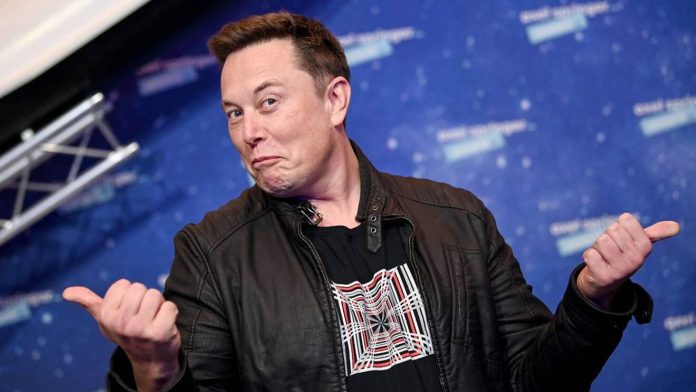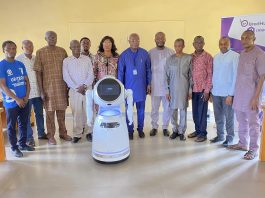Elon Musk announced yesterday at the Tesla Giga factory in Nevada, USA, a new generation of solar panels that are able to generate electricity at night. The new solar technology is a breakthrough that could significantly accelerate the energy transition, as the special panels can not only convert sunlight – thanks to the combination of AI technology and solar cells with a lab-developed coating of chronolithyst crystals, bright moonlight can also be converted into usable electricity.
One of the major problems with conventional solar power systems is that they are only able to generate solar power at certain times of the day, and only when the sky is as free of clouds as possible. After sunset, users of PV systems and balcony power plants must either buy electricity from the grid operator or use their own storage system. However, the cost of storage is still very high, so many people do not use it, and in certain seasons, such as autumn and winter, the battery is often not full because the days are too short and the sky is too cloudy.
First breakthrough at Stanford University
Despite a lot of scepticism, a number of scientists have been working on lunar photovoltaics for some time, and in 2023, researchers at Stanford University announced their first success: They have succeeded in modifying solar cells in such a way that, under certain conditions, they are also able to generate electricity at night.
During the day, the light from the sun hits the solar cell, but on a bright night with a full moon, something similar takes place. The photons that escape into the night sky are too weak to affect a conventional PV system. But we were aware of the potential, and there had to be a way to take advantage of it.
– Remus Lupin of the Stanford University research team working on solar power in the dark
AI robot develops light-amplifying chronolithyst crystal
Elon Musk, who was busy developing his Tesla solar roof, heard about Remus Lupin’s research last year and backed the project to the tune of $128 million. The generous investment enabled the use of a new AI robot, Hermion-G, which served as an autonomous chemist and made the crucial discovery of the synthetic crystal Chronolithyst.
The crystalline material developed in the laboratory has light-amplifying properties and its molecular structure causes resonant absorption of photons in the ultraviolet and infrared. This feature significantly increases the sensitivity of solar panels, enabling them to use moonlight, which is normally too low in energy to generate electricity. In this process, AI plays a central role. It analyses light conditions in real time and optimises the orientation of the solar modules. To maximise the absorption of moonlight, algorithms dynamically adjust the coating.
0.5 to 1.2 kWh of electricity per full moon night
So far, only particularly bright moonlight, when the moon is at least half full, has produced acceptable electricity yields. If the crescent is only a thin one, it will not be quite enough. However, on a clear night with a full moon, the new panel can generate around 0.5 to 1.2 kWh of electricity per night.
There is no word yet on when the new panel will be ready or how much it will cost, but Elon Musk is expecting the first deliveries to be around the beginning of 2025. To all readers who have made it to the end of this article despite the various oddities, NBC wishes you a happy 1st of April. This article is just an April Fools’ joke! But you can still have dreams 😉




